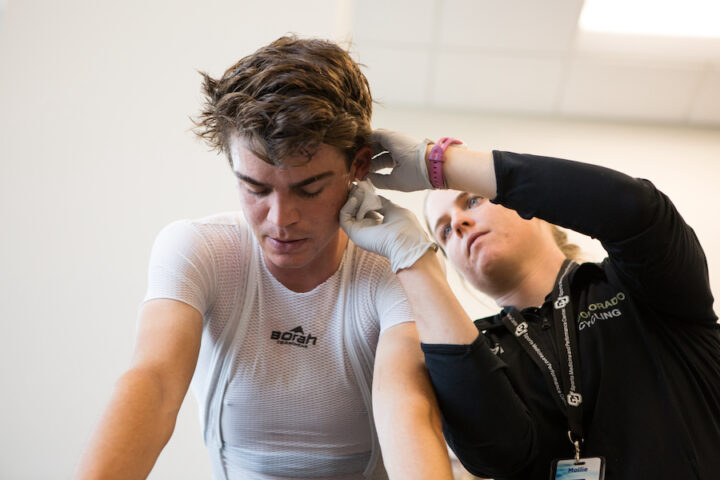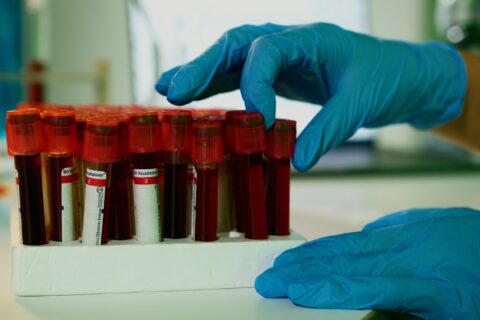There is no lactic acid in the human body. That said, the burn we feel during hard efforts has a lot to do with acid.
There is no lactic acid in the human body. That said, the burn we feel during hard efforts has a lot to do with acid.

There is no lactic acid in the human body. That said, the burn we feel during hard efforts has a lot to do with acid.

There is no lactic acid in the human body. That said, the burn we feel during hard efforts has a lot to do with acid.

Continuous lactate monitors have the potential to be a game changer in the endurance world, but does the technology measure up to the hype?

Find out all the dos and don’ts of physiological testing as we break down VO2max and lactate/ramp testing.

A blood profile can help athletes track progress and diagnose issues—but they need to know what to look for and work with a physician to interpret the data. This article will help to demystify your blood profile.